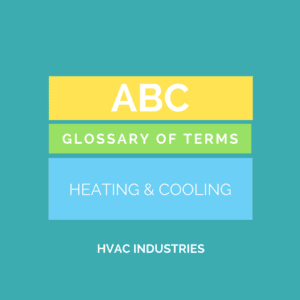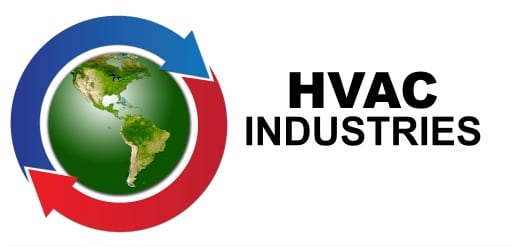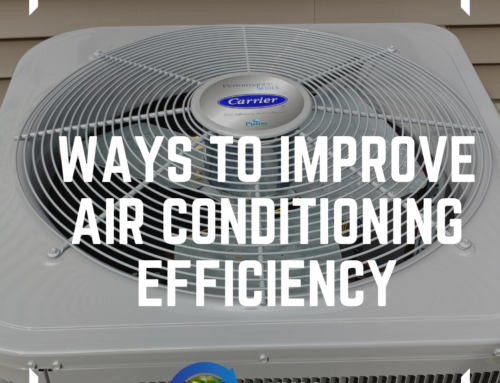 Our business of providing heating, cooling and ventilating services entails a number of cumbersome acronyms. We try our best to explain things to our customers in plain language, but inevitably an alphabet soup will pop up in product literature. Here is an explanation of some of the common acronyms:
Our business of providing heating, cooling and ventilating services entails a number of cumbersome acronyms. We try our best to explain things to our customers in plain language, but inevitably an alphabet soup will pop up in product literature. Here is an explanation of some of the common acronyms:
ACCA – Air Conditioning Contractors of America—the nationwide association representing the HVAC contracting industry.
AFUE – Customers sometimes snicker a bit when they encounter “Aw Phooey,” but those letters are a key to gauging the energy efficiency of furnaces, boilers and water heaters. They stand for Annual Fuel Utilization Efficiency. AFUE measures season-long useful energy output to energy input, expressed as a percentage. The higher the AFUE rating, the greater the efficiency. AFUE and the other efficiency standards that follow are mandated by U.S. Department of Energy (DOE) regulations in accordance with their testing protocols. Currently, the minimum AFUE standard for most types of heating equipment is 80%, meaning 80% of the fuel you burn goes to useful heat. The most efficient furnaces have AFUE ratings of more than 95%. Ancient furnaces may operate at around 60% AFUE or less. Replacing one of those old clunkers with an 80% or greater unit can rapidly pay for itself through lower heating bills.
ARI – Air conditioning and Refrigeration Institute, which publishes a directory of unitary equipment at ARIDirectory.org.
HVAC – Heating, Ventilating, and Air Conditioning system.
HSPF (Heating Seasonal Performance Factor) is used to measure the heating efficiency of heat pumps, which also will have a SEER rating for their cooling performance. Heat pumps manufactured since the beginning of 2015 are required to have a minimum HSPF of 8.2, and the most efficient units have an HSPF of 13.
As with DOE’s miles-per-gallon ratings for vehicles, actual performance of heating and cooling equipment may vary considerably from their ratings depending on operational variables. One of the most important considerations is making sure that components of a system (furnace/condenser/ductwork/controls, etc.) match up well with one another. If not, the system will not reach its peak efficiency.
Proper installation and regular servicing are also of crucial importance. The National Comfort Institute estimates that most HVAC systems operate at only 57% of potential capacity due to installation mistakes. It pays to hire the most professional installation and service contractor you can find. We’re confident you’ll find that’s us.
NATE – North American Technician Excellence, Inc. (NATE) is the leading certification program for technicians in the heating, ventilation, air-conditioning, and refrigeration (HVAC/R) industry. It conducts the only test supported by the entire industry.
SEER – This stands for Seasonal Energy Efficiency Ratio, and whereas AFUE measures heating efficiency, SEER applies to the cooling efficiency of air conditioners and heat pumps. It is derived by measuring the total cooling output in Btu provided during normal annual usage divided by its total energy input in watt-hours. SEER ratings are expressed in whole numbers and decimals rather than percentages.
As with AFUE, the higher the SEER the more efficient the product. DOE requires a minimum SEER rating of 14.0 (raised from 13.0 as of 2015) and HVAC equipment is available with SEER ratings several points above 20. Older equipment may be as low as 8.0 SEER. Theoretically, you can cut your fuel bills by almost 43% replacing an 8.0 SEER piece of equipment with one rated at 14.0.
Source: www.serviceroundtable.com






